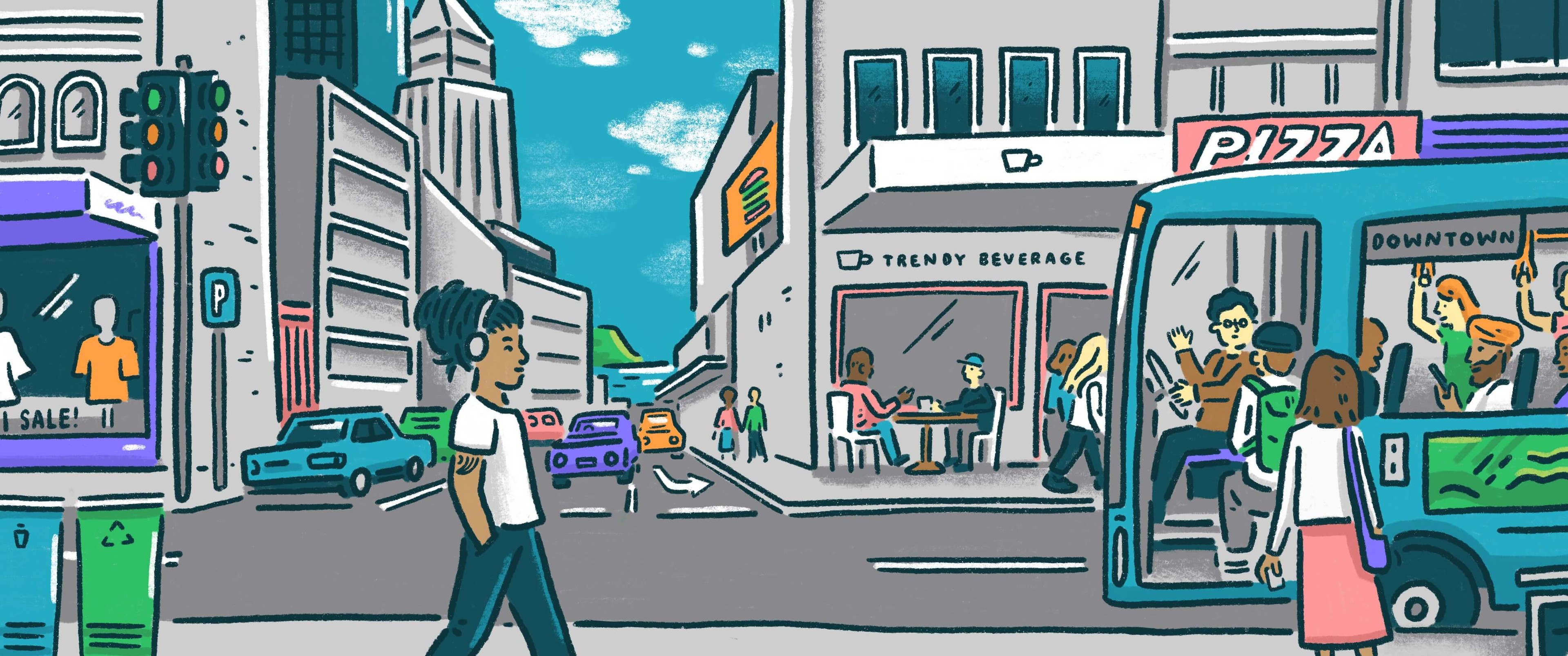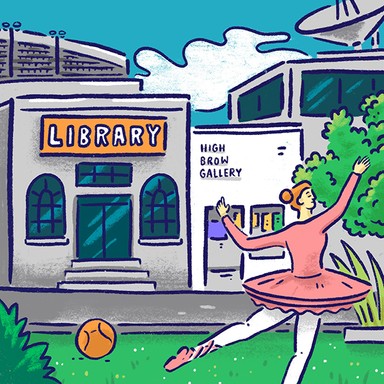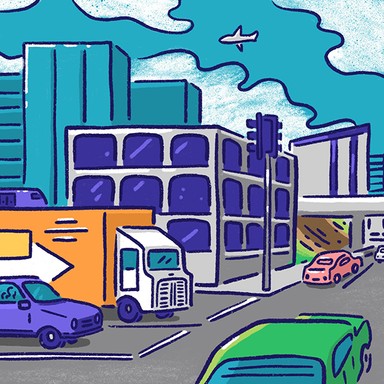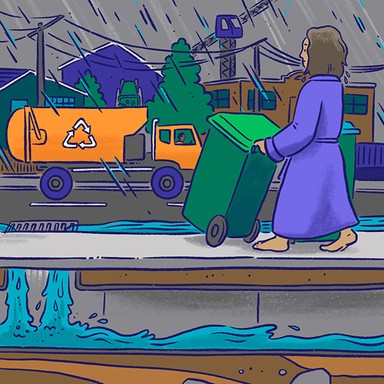
Albert-Eden Local Board

Rates and revenue
The work of local government is funded mainly by property taxes in the local area, known as rates. This makes up around 60% of council expenditure, with the rest coming from user charges, investment income, regulatory fees and roading subsidies. Councils can also borrow money to spread the cost of large investments such as infrastructure over a longer period of time.

Rates and revenue
The work of local government is funded mainly by property taxes in the local area, known as rates. This makes up around 60% of council expenditure, with the rest coming from user charges, investment income, regulatory fees and roading subsidies. Councils can also borrow money to spread the cost of large investments such as infrastructure over a longer period of time.
Keep community facilities affordable by avoiding unnecessary increases in user fees and ensure charges reflect the true cost of service.
Set a firm cap on council borrowing to prevent excessive debt growth and only borrow for projects that have a clear economic return.
Aim at rates rise no more than the inflation rate, prioritise core services and cut wasteful spending and vanity projects.
Keep community facilities affordable by avoiding unnecessary increases in user fees and ensure charges reflect the true cost of service.
Set a firm cap on council borrowing to prevent excessive debt growth and only borrow for projects that have a clear economic return.
Aim at rates rise no more than the inflation rate, prioritise core services and cut wasteful spending and vanity projects.
Mayor
Compare the mayoral candidates in your area
Local council
Compare the candidates for your city or district council
Regional council
Compare the candidates for your regional council
Local board
Compare the candidates for your local or community board









